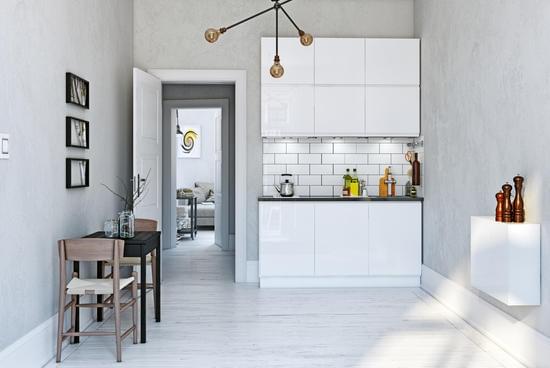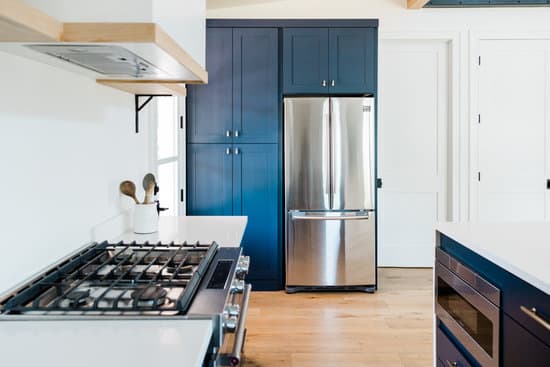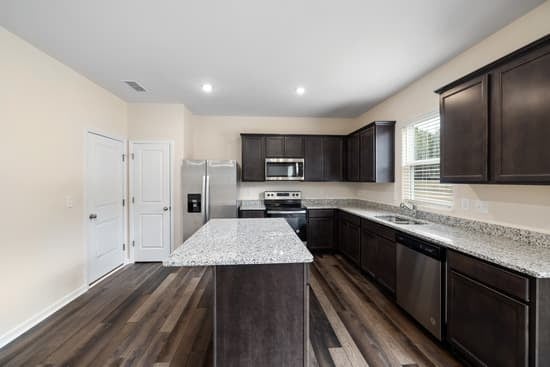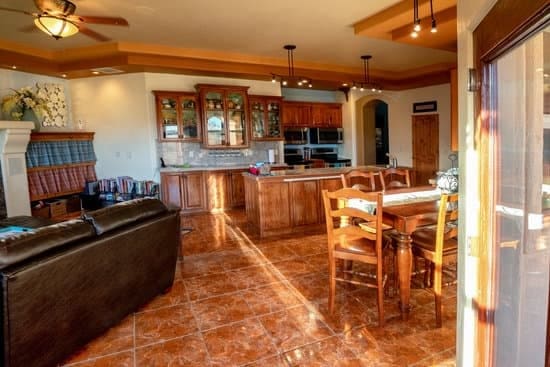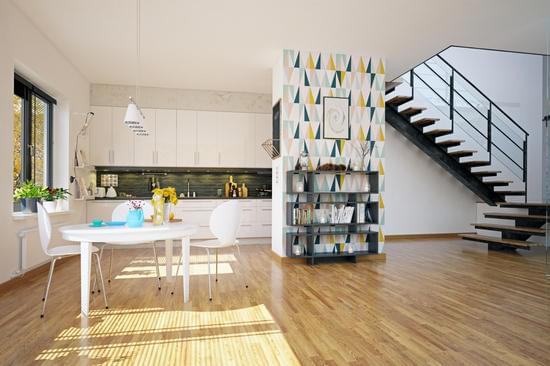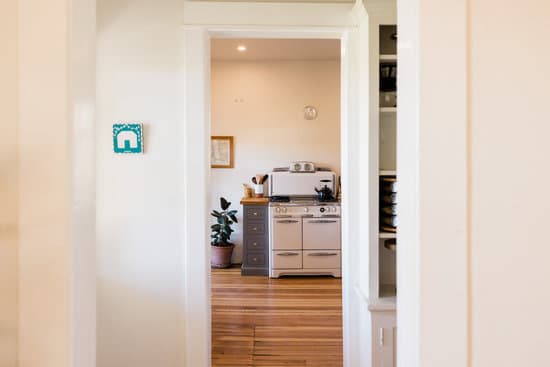Are you looking to enhance your outdoor living space with a functional and stylish addition? Look no further than building an outdoor kitchen with pavers! In this article, we will guide you through the process of selecting the perfect paver materials, designing the layout, preparing the foundation, installing the pavers, and adding those finishing touches. By following these steps, you can create a beautiful outdoor kitchen that not only adds value to your home but also provides a safe and enjoyable cooking experience.
Selecting the Perfect Paver Materials
When building an outdoor kitchen with pavers, it’s important to select the perfect paver materials. There are various paver options available to choose from, each with its own advantages and considerations. One popular choice is concrete pavers, which provide durability and a wide range of colors and textures to complement your outdoor space. Alternatively, you may opt for natural stone pavers such as bluestone or flagstone for a more rustic look. When selecting the perfect paver materials, cost considerations should also be taken into account. Concrete pavers tend to be more budget-friendly compared to natural stone options. However, keep in mind that investing in high-quality materials can ensure longevity and safety for your outdoor kitchen project. So weigh your options carefully and choose the best combination of style, durability, and cost effectiveness for your specific needs.
Designing Your Outdoor Kitchen Layout
To create an outdoor cooking space, consider mapping out the layout of your paver-based kitchen. Start by envisioning where you want to place your outdoor kitchen appliances such as a grill, sink, and refrigerator. Think about how you will use your outdoor kitchen and what functionality is important to you. Will you be entertaining large groups or just cooking for your family? Once you have a clear idea of the appliances and functionality you desire, sketch out a layout that maximizes safety and convenience. Make sure there is enough space between each appliance to prevent accidents while ensuring easy access. Consider adding countertops or prep areas adjacent to the appliances for added convenience. By designing your outdoor kitchen layout carefully, you can create a functional and safe cooking space using pavers.
- Place grill away from foot traffic
- Ensure proper ventilation for gas appliances
- Create separate zones for cooking and food preparation
- Install lighting for nighttime use
Preparing the Foundation for Paver Installation
Before starting the installation, ensure that the foundation is properly prepared for your paver project. A strong and stable foundation is crucial to the success of your outdoor kitchen with pavers. Start by clearing the area of any debris, rocks, or vegetation that may interfere with the installation process. Next, excavate the ground to a depth of about 6 inches to create a solid base for your pavers. Compact the soil thoroughly using a plate compactor to prevent any future settling or shifting of your outdoor kitchen. To further enhance stability, consider adding a layer of crushed gravel and compact it as well. This will help with drainage and prevent water accumulation under your pavers. Following these foundation preparation steps will ensure that your outdoor kitchen withstands heavy use and remains safe for years to come.
Installing Pavers for the Kitchen Surface
Once you have prepared the foundation, it’s time to install the pavers for your kitchen surface. Here are some important steps to follow:
- Choose the right grout for paver installation: It’s crucial to select a grout that is suitable for outdoor use and can withstand different weather conditions. Look for a grout specifically designed for pavers, as it will provide better durability and resistance.
- Maintain and clean pavers in your outdoor kitchen: Regular maintenance is essential to keep your paver surface looking great and ensure its longevity. Sweep away debris regularly and hose down the area to remove dirt and stains. For tougher stains, use a mild detergent mixed with water and scrub gently. Avoid using harsh chemicals that may damage the pavers.
- Seal the paver surface: Applying a sealant every few years will help protect the pavers from staining, fading, and cracking caused by exposure to sunlight and moisture.
By following these tips, you can ensure a safe and long-lasting outdoor kitchen with beautiful paver surfaces.
Adding the Finishing Touches to Your Outdoor Kitchen
Now that the paver installation is complete, it’s time to add the finishing touches to your outdoor kitchen. When it comes to outdoor kitchen appliances, safety should be a top priority. Make sure to choose appliances that are specifically designed for outdoor use and have proper ventilation systems. This will help prevent any accidents or hazards while cooking. Additionally, consider installing lighting options in your outdoor kitchen for both functionality and ambiance. LED lights are a popular choice as they provide bright and energy-efficient lighting. You can install them under countertops, inside cabinets, or even along pathways for added safety during nighttime use. By selecting the right appliances and incorporating proper lighting, you’ll create a safe and inviting space for all your outdoor cooking needs.
Conclusion
So there you have it! Building an outdoor kitchen with pavers is a great way to enhance your outdoor living space. By selecting the perfect paver materials, designing a functional layout, and properly preparing the foundation, you can create a beautiful and durable kitchen surface. With the addition of some finishing touches, such as seating areas or a fire pit, your outdoor kitchen will be the perfect place to entertain family and friends for years to come. So get started on your project today and enjoy cooking outdoors in style!

